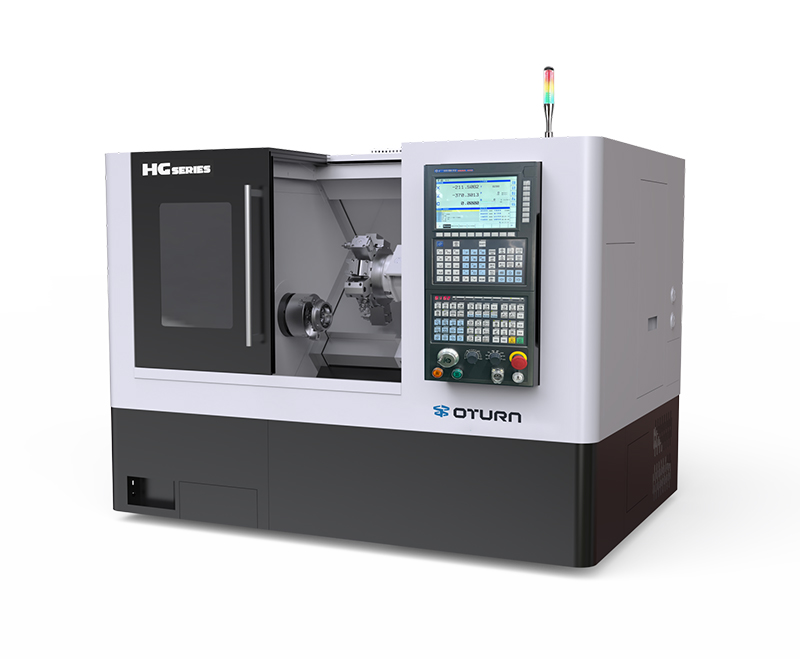In modern machining, machine tool alarm lights serve as critical safety devices that are essential for ensuring stable equipment operation and operator safety. Especially in the European market, alarm lights are mandatory components that comply with international safety standards.
I. Importance of Machine Tool Alarm Lights
In the precise world of machining, the CNC machine tool serves as the core equipment, with its stable operation closely tied to efficient production. The machine tool alarm light, often overlooked yet critically important, acts like a loyal guardian of machine safety, constantly vigilant against various potential hazards.
II. Design and Information Transmission
Though seemingly a simple indicator light, the machine tool alarm light embodies complex technology and rich information.
Appearance: Common alarm lights use striking red or yellow light sources to ensure operators can quickly notice them in noisy and complex lighting workshop environments.
Installation: Following ergonomic principles, they are installed prominently on the machine control panel or key locations, allowing operators to easily focus on them whether standing or seated.
Connection: The alarm light links to an intricate network of sensors and control systems inside the machine tool. Once an abnormality is detected-such as excessive tool wear, high spindle temperature, coolant shortage, or loose workpiece clamping corresponding sensor immediately senses it and signals the control system to activate the alarm light, sounding a “warning whistle.”
III. Detailed Working Principle
Tool Wear Alarm
During machining, the tool continuously cuts the workpiece and inevitably wears over time and cutting volume. Wear sensors near the tool monitor physical parameters like cutting force and vibration frequency in real time. When these parameters exceed preset safety limits, the sensor sends an electrical signal to the control system, which quickly analyzes it, lights up the alarm, and may display specific fault codes and messages to guide operators for timely action.
Spindle Overtemperature Alarm
CNC turning center spindle generates frictional heat when running at high speed, causing its temperature to rise. Temperature sensors monitor the spindle temperature continuously. Once it exceeds a safe threshold, the alarm light flashes to warn operators. They can then take cooling measures, such as checking the coolant system or adjusting spindle speed, to prevent spindle damage and ensure long-term stable operation.
IV. Interpretation of Alarm Signals
Red steady light: Emergency stop or serious fault requiring immediate shutdown and inspection.
Yellow flashing light: General warning indicating parameters near critical values; operation may continue temporarily but requires close monitoring and preventive measures.
Operators must accurately interpret these signals and distinguish real alarms from false ones, which may be caused by sensor interference, wiring faults, or software errors. A systematic troubleshooting approach-checking sensors, wiring, and system settings is necessary to avoid unnecessary downtime.
V. Maintenance and Care
Regular inspection of the alarm light’s bulb or LED is essential. Keep the lampshade clean and free from dirt that could block light, and ensure electrical connections are secure. Only by maintaining the alarm light in good condition can it reliably perform its protective role when needed.
VI. Conclusion
Though small, the machine tool alarm light plays an irreplaceable role throughout the machining process. It is the silent language between the machine and operators, a critical defense line for preventing faults and ensuring smooth production. Manufacturers, operators, and maintenance personnel should fully recognize its value, thoroughly understand its principles and functions, and keep this warning light bright and accurate to safeguard the machine’s healthy operation.
OTURN, a professional overseas marketing center, helps manufacturing enterprises achieve efficient production. For more industry insights and solutions, please visit our official website and follow our social media channels.
Post time: Apr-30-2025








